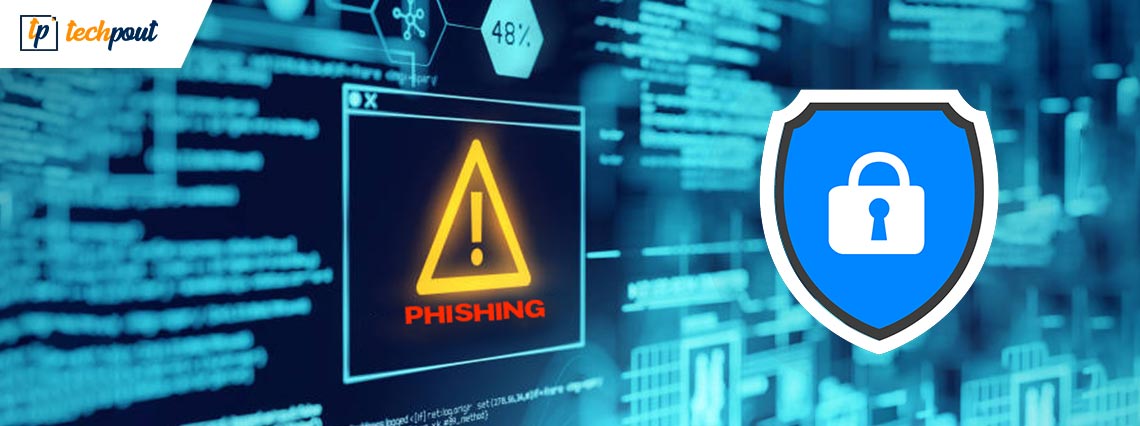83% Of Businesses Experienced a Phishing Attack in 2021: Here’s How to Keep Your Business Safe

Phishing is a social engineering attack where hackers send a fraudulent message to trick the recipient into revealing sensitive information.
Business emails are common phishing targets. That’s why businesses need to know how to stay safe.
This article will explain everything you need to know about how phishing can affect businesses. It will also provide some tips on how to stay safe against phishing.
How common is phishing?
You may think, “there’s no way my organization would be a phishing target.” Unfortunately, that’s not true. Everyone from small-medium businesses to large corporations and ordinary people is a target. To see just how common phishing is, let’s look at some stats:
- 83% of businesses experienced a phishing attack in 2021
- One in every 99 emails is a phishing attack
- Phishing is the third most common scam reported by the FBI
- Experts predict around 6 billion attacks in 2022
- Phishing is responsible for 66% of all malware installations
The numbers don’t lie. Phishing affects millions of organizations every day and is only getting more common. Thinking that your business is immune to this threat is not a good strategy.
Also Read: What is Computer Security | Common Computer Security Threats
Why it’s dangerous
Even if the success rate isn’t too high, the sheer volume of phishing attempts is enough to penetrate many organizations. Hackers are now using more channels to orchestrate attacks, including email, SMS, and even voice messages.
Perhaps the most worrying thing about phishing is that the attacks are becoming more sophisticated. Threat actors are sending emails that look very believable, making it more likely for unsuspecting recipients to fall for them.
With the emergence of smartphones, hackers can also orchestrate SMS phishing attacks, known as smishing. What makes you think you’re safe if the world’s second-richest man can fall for this type of attack?
What happens when you get phished
A successful phishing attempt can have terrible consequences for your business. The severity of the consequences may vary depending on the contents of the phishing message. Here are some scenarios:
- The message contains a malware attachment. You download the attachment, and your device gets infected. Depending on the type of malware, hackers may be able to encrypt your data, spam you with ads, or even spy on your activity.
- The message contains a link. The link leads you to a fraudulent login page. You enter your email and password on the page, revealing your credentials to the hacker. Depending on the type of account, hackers can use it to make orders on your behalf or to obtain sensitive information like bank details.
Each threat actor has their way of doing this, so it’s impossible to put all phishing attempts in a single box. That is perhaps where their danger lies.
Also Read: Best Free Spyware Removal Tools For Windows PC
Protecting your business from phishing
Now that you’re aware of how dangerous and common phishing is, let’s look at some ways you can protect your business:
Train your employees
Human error is by far the most common cause of successful phishing attacks. Many workers lack the tech-savviness and awareness it takes to detect phishing attempts.
As businesses in all sectors increasingly rely on the internet, all employees need proper training to handle the technologies they use for work. A major focus of this training should be cybersecurity.
Encrypt communication
Whether it’s messaging, transferring data, or any other form of communication, everything must be encrypted.
An effective way to encrypt your communication is through a VPN. The VPN will mask your IP. It will also use public-key encryption to block unauthorized access to your business communications.
Avoid communicating with unknown sources
Pay extra attention whenever you receive an email or SMS from an unknown source. Try to verify the source. If you can’t, do not click on or download anything in the message.
If you receive a suspicious email from a known source, call them to confirm it was them that sent the message.
Use multi-factor authentication
In the event of a successful phishing attack where a hacker obtains your login credentials, it’s crucial to have additional layers of protection.
That’s why you should enable MFA (multi-factor authentication) on all business accounts. MFA will require the user to confirm their identity by providing an additional form of identification. This can be done through:
- An SMS code
- An authentication app
- A fingerprint scanner, etc.
Also Read: Cyber Threat: Latest Computer Viruses & Malware Threats
Conclusion
Phishing is one of the most common online scams. Due to the volume of attacks, the number of successful breaches keeps rising.
As a business owner, you have to take the necessary steps to prepare your business and employees to handle this threat.


